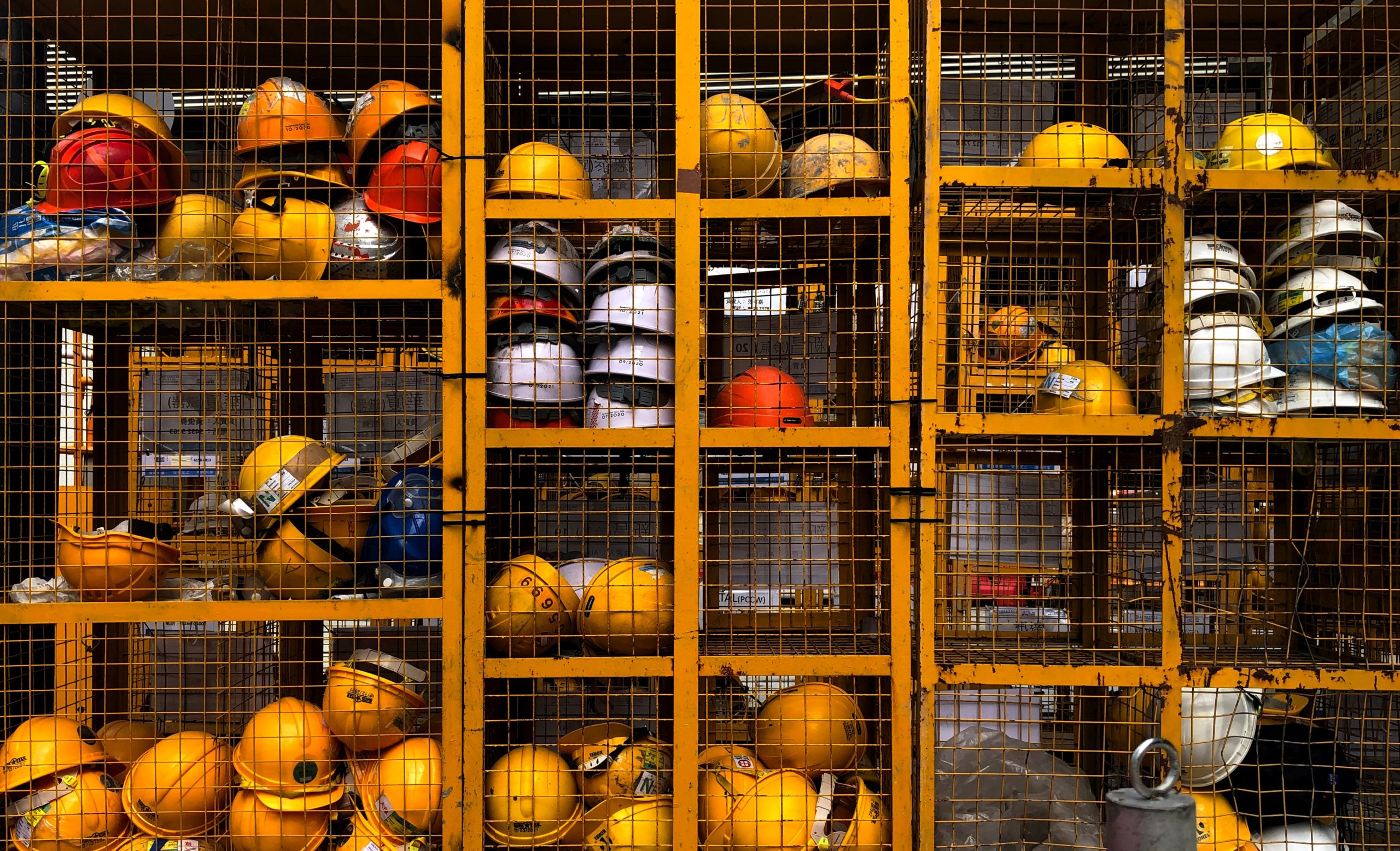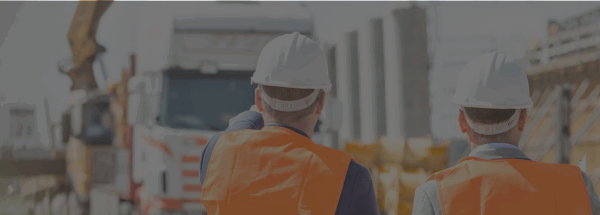
According to the latest available data reported by the Bureau of Labor Statistics, the construction industry has an outsized safety problem. Despite employing just 4% of the United States’ workforce, 21% of on the job fatalities in 2015 were construction-related. What’s more, researchers at the Center for Construction Research and Training have found that, over a 45-year career, the average construction worker has a 3-in-4 chance of experiencing a disabling injury.
To combat this issue, many construction companies have gone beyond OSHA-mandated standards to implement safety programs of their own design. Such initiatives are typically comprised of training sessions, toolbox talks, and planning committees. When made a top priority, programs like these are a great first step in addressing construction’s safety problem, but to take these efforts even further, here are five ways construction companies can take their safety programs to the next level.
Role-Specific Safety Training
Job sites bring a wide variety of disciplines (and roles within those disciplines) together. As a result, different teams face distinct safety concerns, and while generic safety advice can be helpful, universal tips can’t cover everything. By customizing safety materials down to the role level, construction companies can equip their workers with important safety information directly relevant to their day-to-day tasks.
Site-Specific Safety Plans
Just like snowflakes, no two job sites are exactly alike. Because of this, it’s crucial that workers are made aware of potentially hazardous job site conditions from the get-go. Far more effective than their generic counterparts, site-specific safety plans force construction companies to evaluate all aspects of their projects preemptively and individually. From there, construction firms can then develop custom action plans designed to eliminate safety risk at each of their construction areas.
Multilingual Safety Training
When it comes to job site safety, it’s crucial that important safety information is never lost in translation. Taking a multilingual approach to safety training, ensures that everyone on your job site is knowledgeable of what they need to do to stay safe. While translations do come at a cost, helping to ensure the safety of your job site workers makes such expenses well worth the investment.
Incentive Programs
Nurturing strong safety cultures ultimately boils down to winning over the hearts and minds of job site workers. To encourage staff to adhere to high standards of safety, construction companies can practice positive reinforcement. From catered meals to financial bonuses, many construction companies are already using incentives to reward their employees for practicing proper safety protocols.
Regular Evaluations
While much of this blog post focuses on approaches designed to instill effective safety practices before construction begins, safety should be routinely assessed throughout every stage of a project. By regularly checking in, safety divisions can develop solutions to unforeseen problems as they occur. What’s more, evaluations can be used to solicit worker feedback that ensures that employee concerns are heard and addressed in a timely manner.




